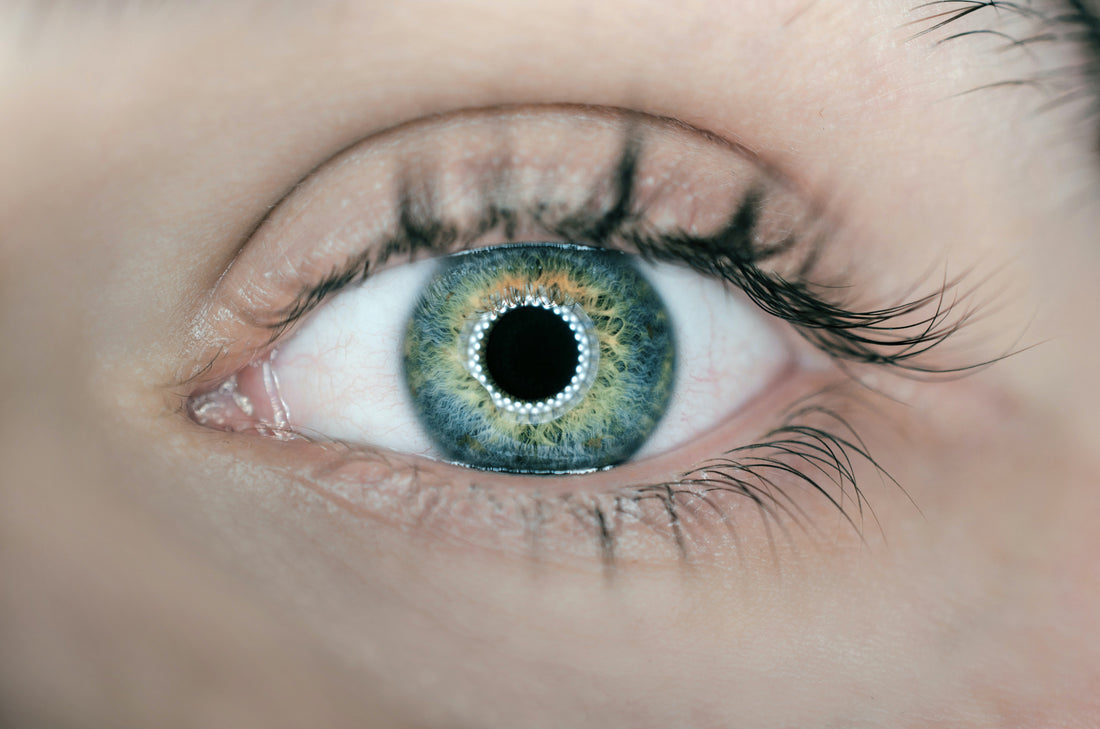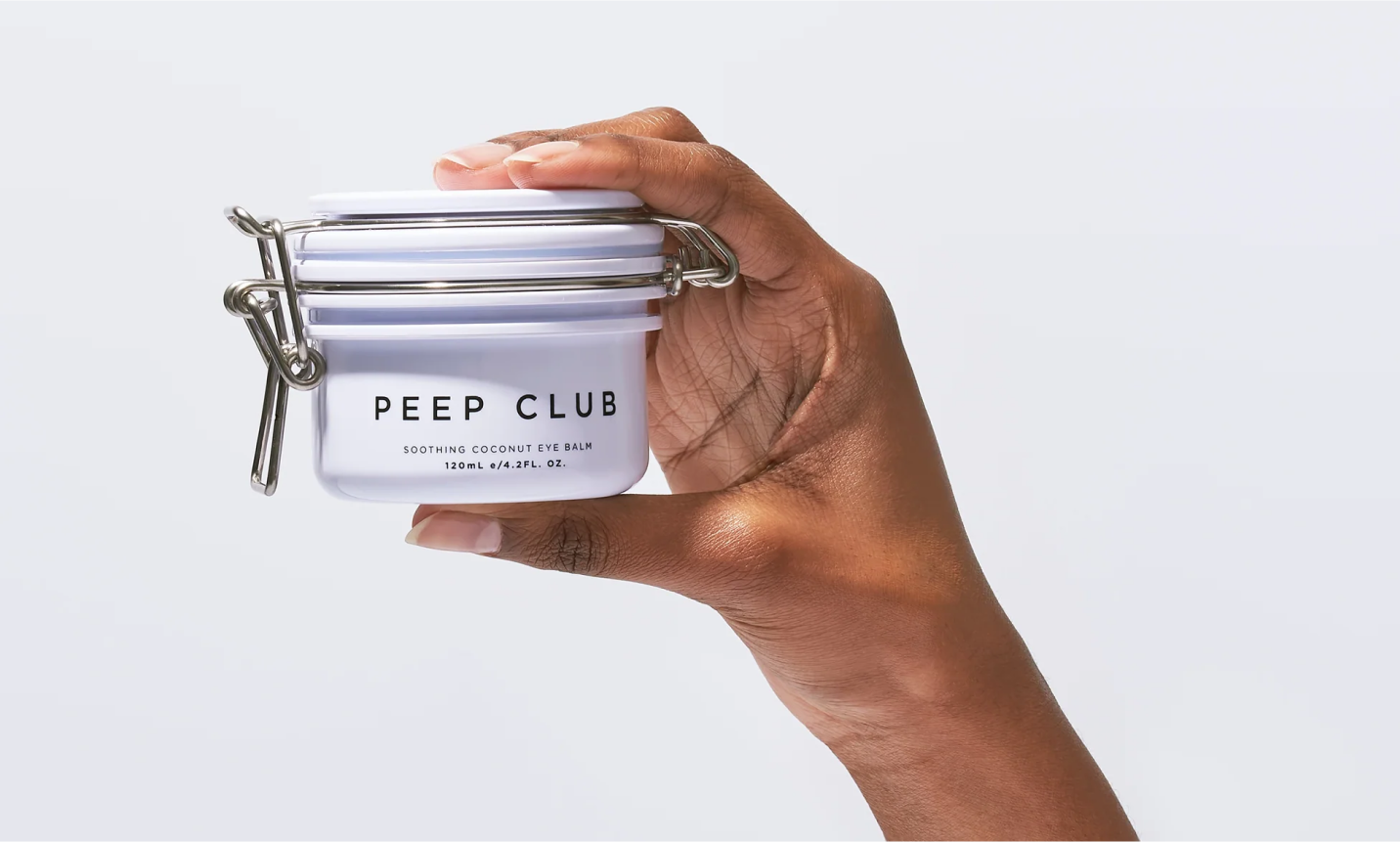
Are whitening eye drops bad for my eyes?
Whitening or brightening eye drops are not a new feature on the pharmacy or drug store shelf – they’ve been available commercially for 5+ years. However, recently they have gained wider use thanks to photo sharing applications and the subsequent ballooning of cosmetic routines. The most important thing to note is that red or bloodshot eyes is often a sign of an underlying issue – from lack of sleep, to use of certain drugs, to Dry Eyes or allergies.
The reason for the increased redness is because the blood vessels on the whites of the eye are working extra hard to get nutrients and oxygen to the front of the eye and especially to the cornea (the clear window at the front of the eye). So, this redness should not be ignored – it could be a cry for help from your eyes.
Whitening drops should not be used to treat the redness – all they will do is temporarily mask it for cosmetic reasons. In fact, the whitening effect of drops was found as an accidental side effect of drugs used for the likes of glaucoma.
How does it work
Most whitening drops work in the same way. The drug (usually called briminodine) is applied in as an eye drop onto the surface of the eye and causes the blood vessels on the whites of the eyes to shrink – giving the appearance of whiter eyes. This is only a temporary measure and most whitening drops last for around 8 hours.
What are the concerns with using whitening drops
The most important concern is that the redness is a sign of something serious – it could be a corneal ulcer or even liver disease (although this tends to give a more yellow tinge). The other concerns are that most whitening drops will have preservatives in them – regular use of preservative drops or sprays have long-term damaging effects to the front of the eye. Finally, there is a chance of ‘rebound redness’ which is when the blood vessles get so desperate to get nutrients and oxygen to the eye, they go into hyper overdrive – creating a worse redness that cannot easily be masked for reversed, or reliance on whitening drops.
Then there are also the known side effects of whitening eye drops – the most often reported is a burning or stinging when the drops go in, this is often a sign of underlying Dry Eyes. But the adverse effects can also include headaches, swollen eyelids, seeing double, tunnel vision, seeing haloes around lights and dry eyes or allergies.
The main takeaway here; very occasional use of whitening drops for example, once every 4 months for an important event, is the best and safest way to use the drops.
What can I do instead of using whitening drops
- First of all, visit your local optometrist to get to the bottom of why they are red – it could be something as simple as lack of sleep or Dry Eyes or allergies. If it is dry eyes or allergies there are a host of treatments and other eye drops that will whiten the eye anyway by dealing with the underlying problem – win, win!
- For cosmetic reasons, such as an event – the easiest and arguably the least harmful way to whiten eyes quickly is to use colour theory in make-up application. The colour that neutralises red is green – so applying a light green eyeliner can help reduce the appearance of the redness. Blue can neutralise yellow so if there is a yellowy tinge, using a blue eye liner can work in the same way. Similarly, neutralising any other redness on the skin through colour correcting makeup (like a applying a green colour corrector before concealer) can help reduce the appearance of ‘flush’ or redness. There are plenty of videos on youtube with tutorials of how to do this. Again, in terms of cosmetic options, distracting away from the red eyes is a good option – a classic beauty editor trick is to go for a bold colourful lip in a hot pink or red to distract the attention away from tired or red eyes.
- Consider your diet, are you eating highly inflammatory foods? A healthy diet of anti-inflammatory foods like dark leafy green vegetables and berries, in conjunction with staying hydrated can have a huge effect on the appearance of the eyes – not only will it reduce redness but also help your eyes appear bigger and less tired.
- Keep your eyes protected from the sun – wearing high quality sun glasses (look for the UV400 label) is the best investment in preventing some of the most irreversible causes of redness; for example pinguecla.
- Finally, try a lubricating drop or spray instead and see if that makes a difference, preservative-free lubricating eye drops or sprays like our Instant Relief Dry Eye Spray are great for your eyes and support natural hydration – start with this and see if it helps! You can also support long-term eye health by using a heated compress like our Heated Eye Wand LED+ nightly - this will support your eyes to naturally hydrate and become less reliant on external lubricants over time.
Sources:
https://www.webmd.com/eye-health/eye-whitening-drops
https://healthcare.utah.edu/healthfeed/postings/2017/06/eye-whiteninng.php
DISCLAIMER:
The information, including but not limited to, text, graphics, images and other material contained on this website are for informational purposes only. No material on this site is intended to be a substitute for professional medical advice, diagnosis or treatment. Always seek the advice of your physician or other qualified health care regimen, and never disregard professional medical advice or delay in seeking it because of something you have read on this website.

